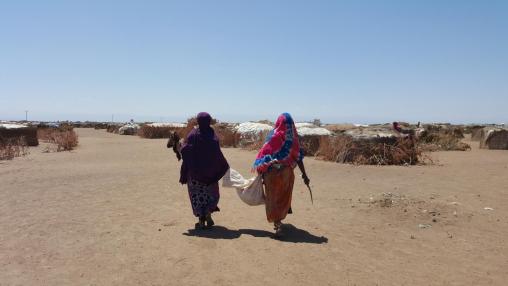
The Hunger-Conflict Nexus
With over 64 million people worldwide being displaced from their homes in 2016, understanding the links between conflict, migration, and food security has become even more crucial. Several recent reports have focused on this important topic, including the FAO’s The State of Food Security and Nutrition in the World (SOFI) report and a joint policy brief from FAO and IFPRI. An additional new related technical study from FAO provides further analysis and empirical evidence to complement the SOFI report and contributes to the debate on how conflict and food security impact one another.
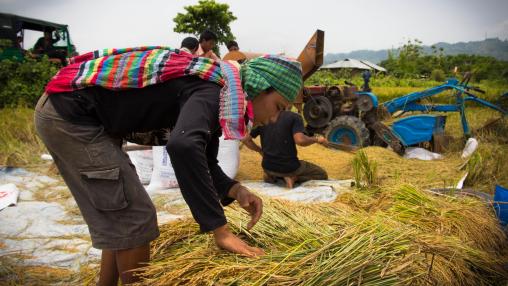
October Edition of FPMA Bulletin Sees Mixed Global Prices
The October edition of the FAO GIEWS Food Price Monitoring and Analysis (FPMA) Bulletin finds mixed trends in international cereal prices. The global price of wheat rose by 6 percent in September, due in large part to weather-related concerns in the US, Australia, and Argentina. This places wheat prices 14 percent above their September 2016 levels; however, abundant global supplies and strong export competition have worked to limit the price increase.
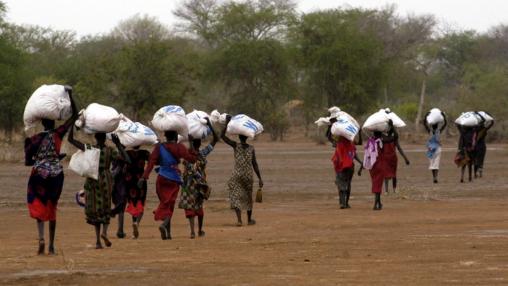
2017 Global Hunger Index Released
The 2017 Global Hunger Index (GHI), released today, reports that between 2000 and 2016, hunger levels around the world declined by 27 percent. While impressive, however, this progress should not mask the remaining food security challenges faced at the global, national, and sub-national levels. In 2017, South Sudan declared a state of famine – the first instance of famine in the world in six years. Three other countries – Somalia, Yemen, and Nigeria – also faced imminent famine in 2017, putting a total of 20 million people worldwide at risk of starving to death.
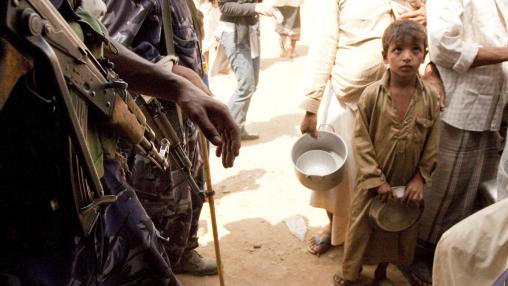
The State of Food Security and Nutrition in the World: Chronic Hunger on the Rise
After years of steady decline, the number of chronically hungry people around the world appears to be on the rise again. In addition, the challenge of malnutrition is getting increasingly complex, with many countries facing simultaneous burdens of undernutrition and obesity.
These are two major messages coming out of the latest The State of Food Security and Nutrition in the World report, published by FAO, IFAD, UNICEF, WHO, and WFP.
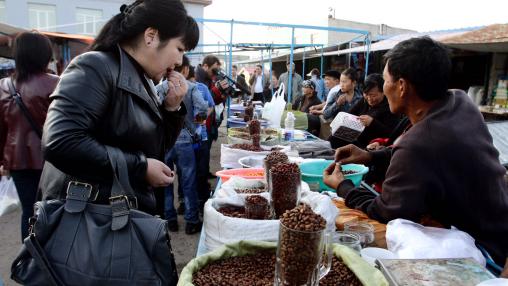
GIEWS Crop Prospects and Food Security Report Released
The latest Crop Prospects and Food Situation report from FAO was recently released. Published quarterly, these reports focus on developments affecting the food situation of developing countries and Low-Income Food-Deficit Countries (LIFDCs). The report also includes an overview of global cereal production prospects and highlight countries that require external food assistance.
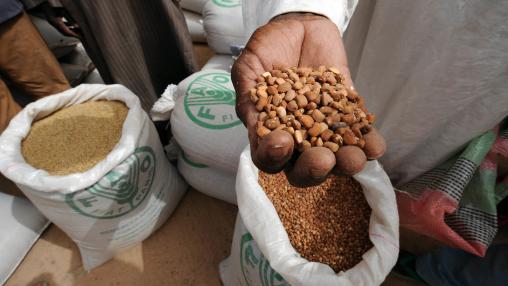
Latest FAO Food Price Index and AMIS Market Monitor Released
The latest editions of the FAO Food Price Index and AMIS Market Monitor are both now available for September. The FAO Food Price Index is a measure of the monthly change in international prices of a basket of five food commodity groups; the monthly AMIS Market Monitor covers the international markets for wheat, rice, maize, and soy and provides an overview of the market situation and outlook for each of these crops.
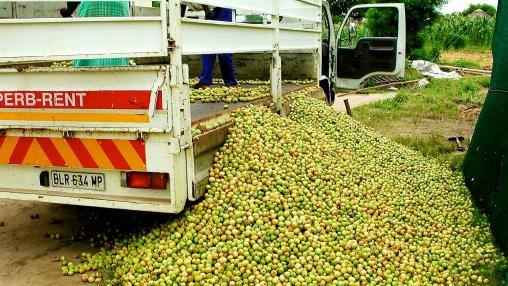
Better Measurement Needed to Track Reality of Food Loss
With about one-third of all food produced around the world lost or wasted each year, reducing food loss and waste is a key component in ending hunger and malnutrition. A major hurdle, however, stems from the fact that food loss and waste are complex issues, and thus properly measuring them and identifying where in the food system they occur remain a challenge. Food loss and waste have been defined in various ways in the literature, and there has thus far been no single measurement methodology agreed upon.

Accounting for Nutritional Improvements in Six Countries
In recent years, many developing countries have seen significant reductions in chronic childhood malnutrition. Understanding what is driving these reductions is key in scaling up effective nutrition policies and strategies and reaching the nutrition goals set out in the Sustainable Development Goals (SDGs).
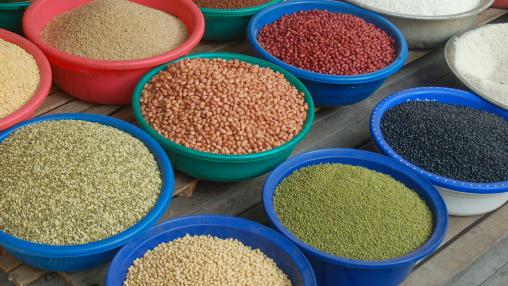
Women and Water: Improving Equal Access
World Water Week 2017 , from running from August 27- September 1 and organized by the Stockholm International Water Institute (SIWI) explores the theme of water and waste (reduce and reuse). Water clearly plays a crucial role in global development, impacting agricultural production, economic growth, health and nutrition, and the environment. In a new report from the World Bank, researchers examine another important facet in the conversation about water and development – gender equity.
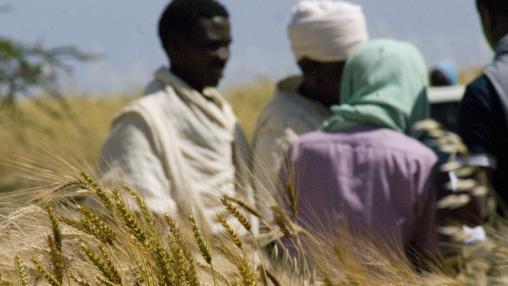
Latest WASDE Report Sees Increased Global Wheat Production
According to the most recent World Agricultural Supply and Demand Estimates (WASDE) Report , global wheat supplies for 2017-2018 are up significantly due to an 8.6-million-ton production increase in the Former Soviet Union (FSU). Russian wheat production surpassed last year’s record by 5.0 million tons. Even though there are reduced production forecasts in Canada, EU, and U.S. the increased production from FSU more than offsets these conditions; as a result, foreign trade has increased from the FSU as well.